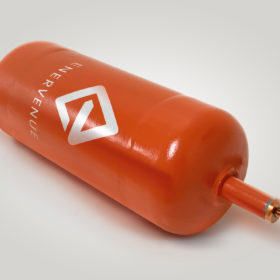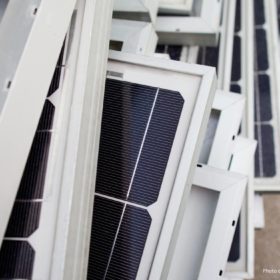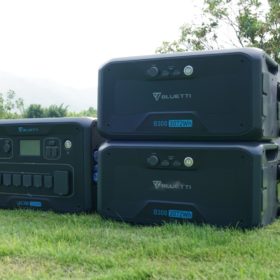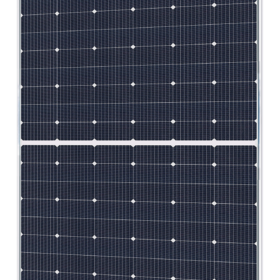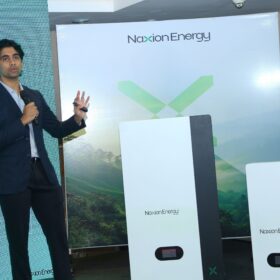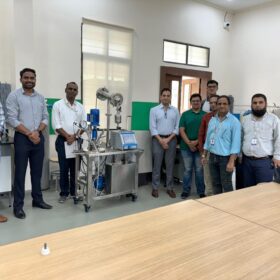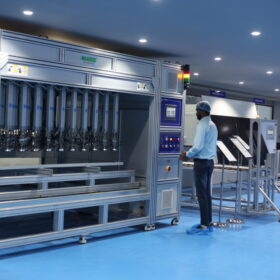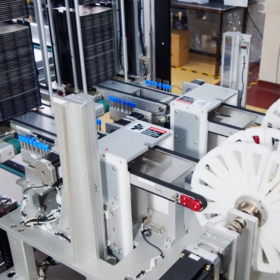How long do residential storage batteries last?
Multiple factors can affect the lifespan of a residential battery energy storage system. We examine the life of batteries in Part 3 of our series.
Premier Energies raises INR 200 crore from GEF Capital
The Indian solar manufacturer currently has 750 MW of cell and module factory in Hyderabad and plans to more than triple this capacity with the addition of 2 GW mono PERC. The capacity augmentation is planned over the next two years with an investment of INR 1,200 crore. The equity capital from GEF will support the expansion.
Nickel-hydrogen battery for large scale renewables
U.S. start-up EnerVenue has secured funding to build a gigafactory to produce nickel-hydrogen batteries for large scale renewable and storage applications. The battery has an efficiency ranging from 80 to 90%, depending on the cycle rate, and its energy density per square foot is equal to, or better than lithium-ion batteries, according to the company.
Adani Group commits US$20 billion to renewable energy
The diversified business group with a 25 GW renewable energy portfolio will invest US$20 billion across renewable energy generation, component manufacturing, transmission, and distribution over the next ten years.
Recycling solar panels: Making the numbers work
NREL researchers said a profitable and sustainable solar panel recycling industry could establish itself by 2032. Here’s how the numbers work.
Movable solar power station for off-grid applications
The modular power station comes with two lithium iron phosphate (LFP) batteries and has a capacity of 6 kW/24.6 kWh. It relies on a 3 kW pure sine wave inverter which the manufacturer said is able to adjust the AC charging rate.
Transmission system expansion, digitalization critical to Southeast Asia’s grid modernization
To achieve its sustainability targets, Southeast Asia will require integrated strategy and execution across generation, transmission, and distribution, as well as planning that balances both capital and operational expenditures. The regional power industry will need partners who can merge data analytics with engineering expertise to deliver timely and actionable insights that realize the full potential of assets and facilities.
Indian solar manufacturers go big on high-output modules
Adani Solar, Jakson, Premier Energies, Vikram Solar, Waaree and other Indian manufacturers are showcasing their high-output modules (from 500 W to 600+ W) at this year’s Renewable Energy India Expo 2021.
Goldi Solar plans 210mm module production from next year
The Indian solar manufacturer will start producing its HELOC̣ Pro series M10 (182mm) modules from November, and add G12 (210mm) panels to its lineup next year.
How long do rooftop residential solar panels last?
Multiple factors affect the productive lifespan of a residential solar panel. In the first part of this series, we look at the solar panels themselves.


